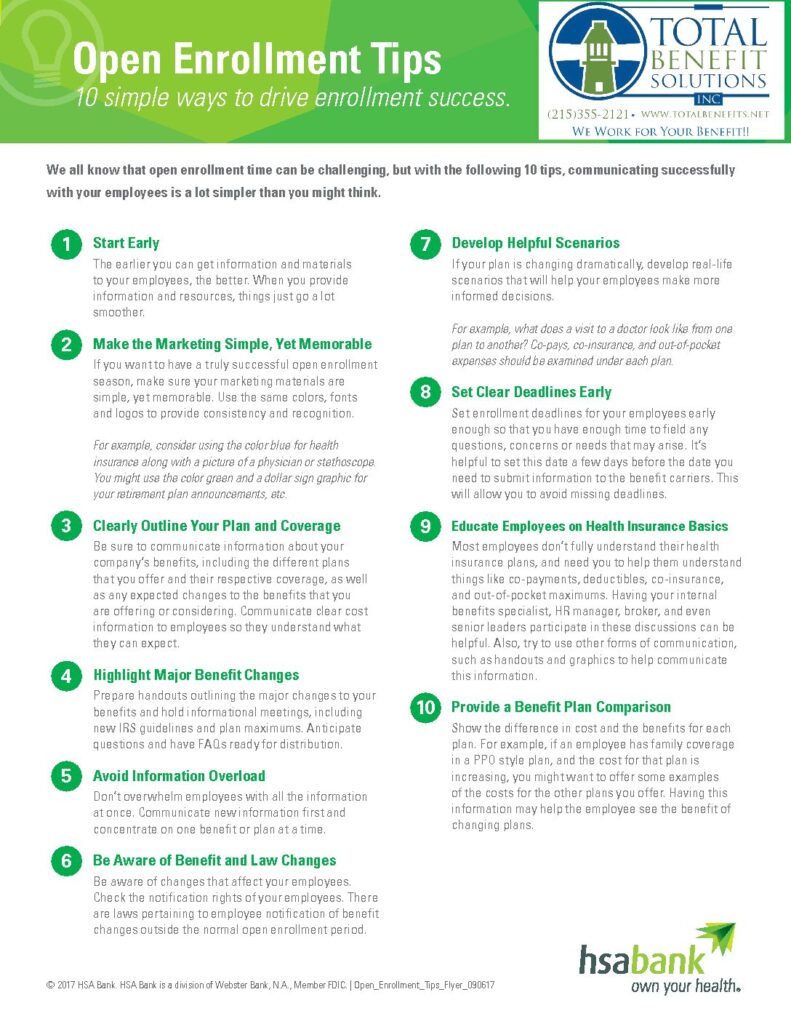In an emergency, you should get care from the closest hospital that can help you. That hospital will treat you regardless of whether you have insurance. Your insurance company can’t charge you more for getting emergency room services at an out-of-network hospital. I’m having an emergency. Should I go straight to the hospital or do I need to call my insurer first? In a true emergency, go straight to the hospital. Insurers can’t require you to get prior approval before getting emergency room services from a provider or hospital outside your plan’s network. What does it mean that insurance companies can’t charge me more? Insurance plans can’t make you pay… Read More
Continue Reading







